by bria4123 on November 22, 2011
One of the greatest miracles in Western cultural history happened within 20 years in Paris. The world hasn’t been the same since. We should all be grateful.
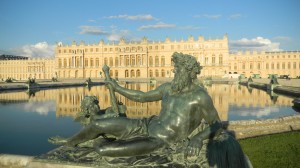
When Louis XIV moved his court from Paris to Versailles in 1682, France was enjoying the fruits of his early finance minister, Jean-Baptiste Colbert. Under his tireless labors, shipbuilding increased, the wool trade grew, the army was modernized, and mines and foundries thrived. He thus helped build the economic backbone for what was to emerge next–the art of living well.
Several things emerged at the same time to create one of Western culture’s most creative movements. [click to continue…]
by bria4123 on November 21, 2011
Emperor Kangxi did his best to harmonize all of China, but it was becoming more complex than even he imagined.
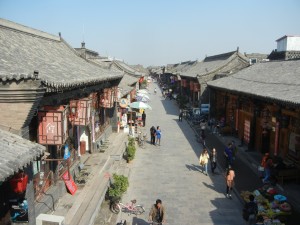
Many teachers and writers have seen the Qing dynasty as trapped in 3,000 years of cobwebs, but it was a lot more dynamic than most people realize. [click to continue…]
by bria4123 on November 14, 2011
The ancient Jenne Jeno culture in Mali has made people rethink ideas about civilization. It was founded between 300 and 500 BCE, and lasted 1,600 years. But it had no king, no civic center, and no big temple. Yet without a single top-down government, it lasted longer than ancient Rome did.
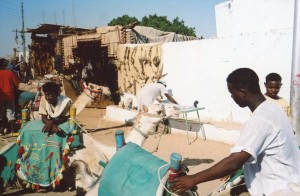
Roderick J. McIntosh and John Reader wrote that about 30,000 people lived in Jenne Jeno. They organized a community very different from states with one governing body. [click to continue…]
by bria4123 on November 6, 2011
Reading Sanskrit can feel like swimming in an ocean.

Indians and Greeks were asking questions about the most basic reality by 500BCE. The first Upanisads were being composed by then, and their charged language takes you into a different world than most Greeks knew. [click to continue…]
by bria4123 on October 23, 2011
The Natabeans turned Petra into one of the greatest sites in the ancient world. Let’s find out how.
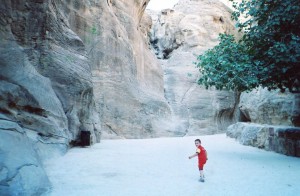
You enter Petra through a cleft between rock that’s about a third of a mile long, and in some places, wide enough for only one chariot. The way into Petra thus made it clear that it’s a special place. [click to continue…]
by bria4123 on October 23, 2011
The Forbidden City and China have been intertwined for 600 years. When Emperor Yongle built it from 1407 to 1420, both palace and country embarked on a relationship that has been glorious and tragic at different times. It’s still at China’s political center. We’ll explore more of its history in this post and the next.
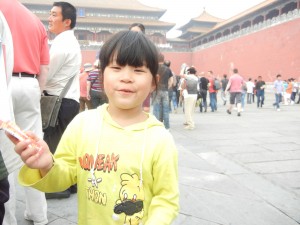
1. Yongle’s Ming dynasty prospered at first. Commerce and oceanic exploration grew, and painting, ceramics and literature flourished. But several crises converged in the late 16th century. [click to continue…]
by bria4123 on October 23, 2011
Yesterday I wrote a post about the philosophy of African music. These CD’s will give you a good introductory class. They’ll put a big smile on your face too.
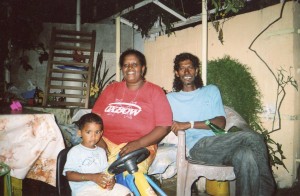
1. Tony Allen, Black Voices. Possible the coolest CD ever made. Allen was Fela Kuti’s drummer for 15 years, and he founded Afrobeat with him. This is a brilliant solo album with guitar and bass lines, raps, techno and complex drumming fused into a world that you might get addicted to. [click to continue…]
by bria4123 on October 23, 2011
In the early fifteenth century, some of the greatest hallmarks of the Italian Renaissance were created in Florence. They include Alberti’s mathematical theory of 3 dimensional perspective, and paintings by Masaccio and Masolino that show the body in its muscular glory. At the same time, China’s Ming Dynasty emperor Yongle was constructing the Forbidden City. This has been China’s most important building ever since.
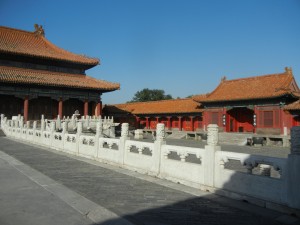
Here are some of the Forbidden City’s salient characteristics.
1. Its forms are well balanced. As the above picture shows, buildings and open spaces blend well. It’s symmetrical, but the buildings differ enough from each other to allow variety. While Europe was focusing more on linear relationships between distinct entities, the Chinese emphasized harmony within the whole.
The Forbidden city expresses a lot of other ancient ideas. Yongle referred back to China’s cultural legacy to order the new capital he was building. [click to continue…]
by bria4123 on October 23, 2011
John Miller Chernoff, in African Rhythm and African Sensibility, wrote that African drumming is one of the most subtle art forms on the planet. No argument from me.
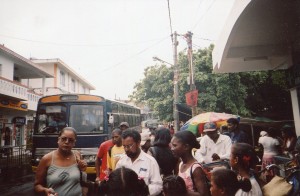
Many specialists say that rhythm is the most basic feature of African music. African concepts of rhythm are much richer than Western ideas of it are. [click to continue…]
by bria4123 on October 23, 2011
The primacy of human contact over fixed abstract systems is a widespread traditional African pattern.
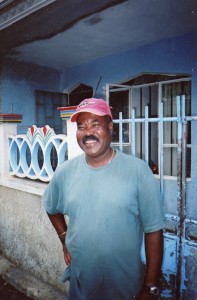
Akan societies in Ghana tell stories about a popular cultural hero called Ananse Kokrufu. [click to continue…]










